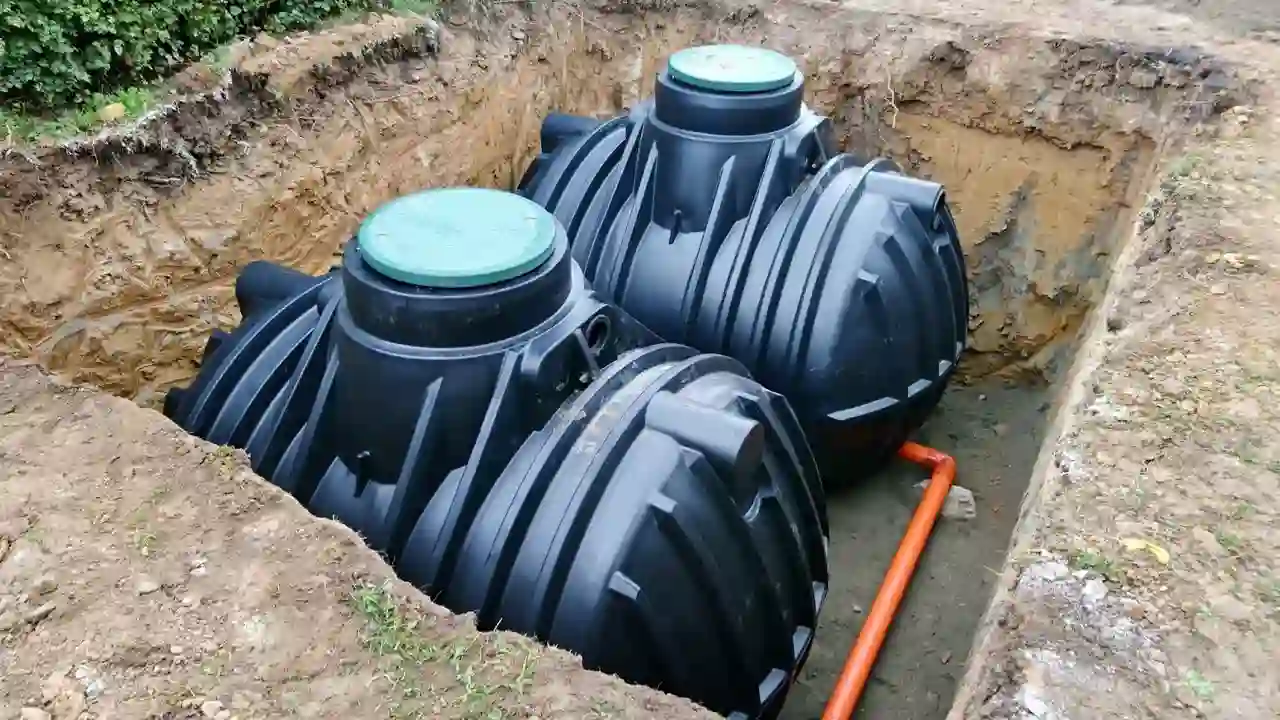14 Jun 2024

Tank installation and site preparation are critical steps in ensuring the safe and efficient operation of storage tanks. Tank manufacturers play a key role in providing guidance and best practices for these processes. From selecting the right tank foundation to proper lifting and commissioning procedures, manufacturers offer comprehensive recommendations to ensure successful installations. Additionally, they provide insights into tank placement, ancillary equipment requirements, and testing procedures to verify tank integrity. With expertise in tank design and construction, manufacturers in UAE and beyond offer valuable insights to streamline the installation process and enhance overall tank performance. • Site Evaluation: Tank manufacturers advise assessing factors such as soil conditions, environmental regulations, and accessibility before selecting a site. • Environmental Impact: Considerations include proximity to water bodies, wildlife habitats, and residential areas to minimize environmental risks. • Soil Testing: Manufacturers recommend conducting soil tests to determine load-bearing capacity and potential for settlement. • Accessibility: Ensure the site allows for easy transportation of materials, equipment, and personnel during installation and maintenance. • Regulatory Compliance: Manufacturers emphasize complying with local regulations and obtaining necessary permits for tank installations. • Safety Measures: Implement safety protocols for workers and neighboring areas during site preparation and construction. • Concrete Foundations: Tank manufacturers often recommend concrete foundations for stability and durability, with specifications based on tank size and weight. • Base Preparation: Proper leveling and compaction of the foundation site are crucial to prevent settlement and ensure even weight distribution. • Anchoring Systems: Depending on tank type and location, manufacturers may suggest anchoring systems to secure the tank to the foundation and withstand external forces. • Surface Protection: Applying coatings or liners to the foundation surface can enhance resistance to moisture, corrosion, and chemical exposure. • Drainage Considerations: Adequate drainage systems around the tank base help mitigate water accumulation and prevent structural damage. • Compliance Standards: Ensure foundation designs adhere to industry standards and regulatory requirements recommended by manufacturers. • Crane Lifting: Manufacturers often advise using cranes for larger tanks, employing appropriate lifting attachments and rigging techniques to ensure safe handling. • Forklift Handling: Smaller tanks may be lifted using forklifts equipped with suitable attachments, with manufacturers providing guidelines for weight distribution and lifting points. • Placement Considerations: Manufacturers may recommend specific placement locations based on factors such as ground stability, proximity to other structures, and accessibility for maintenance. • Material Compatibility: Different tank materials require specific handling methods to prevent damage or deformation during lifting and placement, as advised by manufacturers. • Safety Measures: Manufacturers emphasize the importance of safety protocols, including proper training for personnel involved in tank lifting and placement operations. • Testing and Inspection: Prior to commissioning, manufacturers may recommend conducting tests and inspections to verify the integrity of tank lifting and placement procedures. • Piping Installation: Tank manufacturers typically provide detailed instructions for installing piping systems, including proper alignment, support, and connection methods to ensure efficient fluid transfer. • Valve Installation: Guidelines from manufacturers cover the installation of valves, including selection based on application requirements, proper sealing techniques, and testing procedures to verify functionality. • Instrumentation Placement: Manufacturers advise on the placement of instrumentation such as level sensors, temperature gauges, and pressure transmitters, ensuring accurate monitoring and control of tank operations. • Electrical Wiring: Guidelines may include instructions for installing electrical components like motors, heaters, and control panels, with emphasis on safety measures and compliance with electrical codes. • Safety Measures: Manufacturers stress the importance of adhering to safety protocols during the installation of ancillary equipment, including proper grounding, insulation, and protection against hazardous conditions. • Commissioning Procedures: Manufacturers provide recommendations for commissioning ancillary equipment, including testing for leaks, calibrating instrumentation, and verifying proper operation before putting the tank into service. • Leak Testing: Tank manufacturers conduct leak tests using various methods such as pressure testing, vacuum testing, or tracer gas testing to ensure the integrity of tank welds and seams. • Hydrostatic Testing: Hydrostatic testing involves filling the tank with water or another suitable liquid to check for leaks and verify the structural integrity of the tank under pressure. • Functional Testing: Manufacturers perform functional tests on ancillary equipment such as valves, pumps, and instrumentation to ensure proper operation and integration with the tank system. • Calibration: Calibration procedures are carried out for instrumentation like level sensors and pressure gauges to ensure accurate measurement and control of tank parameters. • Safety Checks: Manufacturers conduct safety checks to verify compliance with safety standards and regulations, including emergency shutdown procedures, pressure relief valve testing, and grounding checks. • Documentation: Comprehensive documentation is provided by manufacturers detailing all testing and commissioning procedures performed, including test results, inspection reports, and certification documents. In conclusion, following the best practices outlined by tank manufacturers is crucial for ensuring the safe and efficient installation of tanks. Proper site selection, foundation preparation, and ancillary equipment installation are essential steps to prevent potential hazards and ensure long-term reliability. Rigorous testing and commissioning procedures guarantee that tanks meet performance standards and regulatory requirements. By adhering to these guidelines, operators can minimize the risk of leaks, structural failures, and operational disruptions, ultimately enhancing safety, productivity, and environmental protection. Comprehensive documentation provided by manufacturers facilitates regulatory compliance and serves as a valuable reference for ongoing maintenance and operation. Read more in "Tank Manufacturing Processes".Site Selection and Evaluation Considerations for Different Tank Installations
Foundation and Base Preparation Requirements for Various Tank Types
Tank Lifting and Placement Methods for Different Tank Sizes and Materials
Ancillary Equipment Installation Guidelines
Testing and Commissioning Procedures
Conclusion